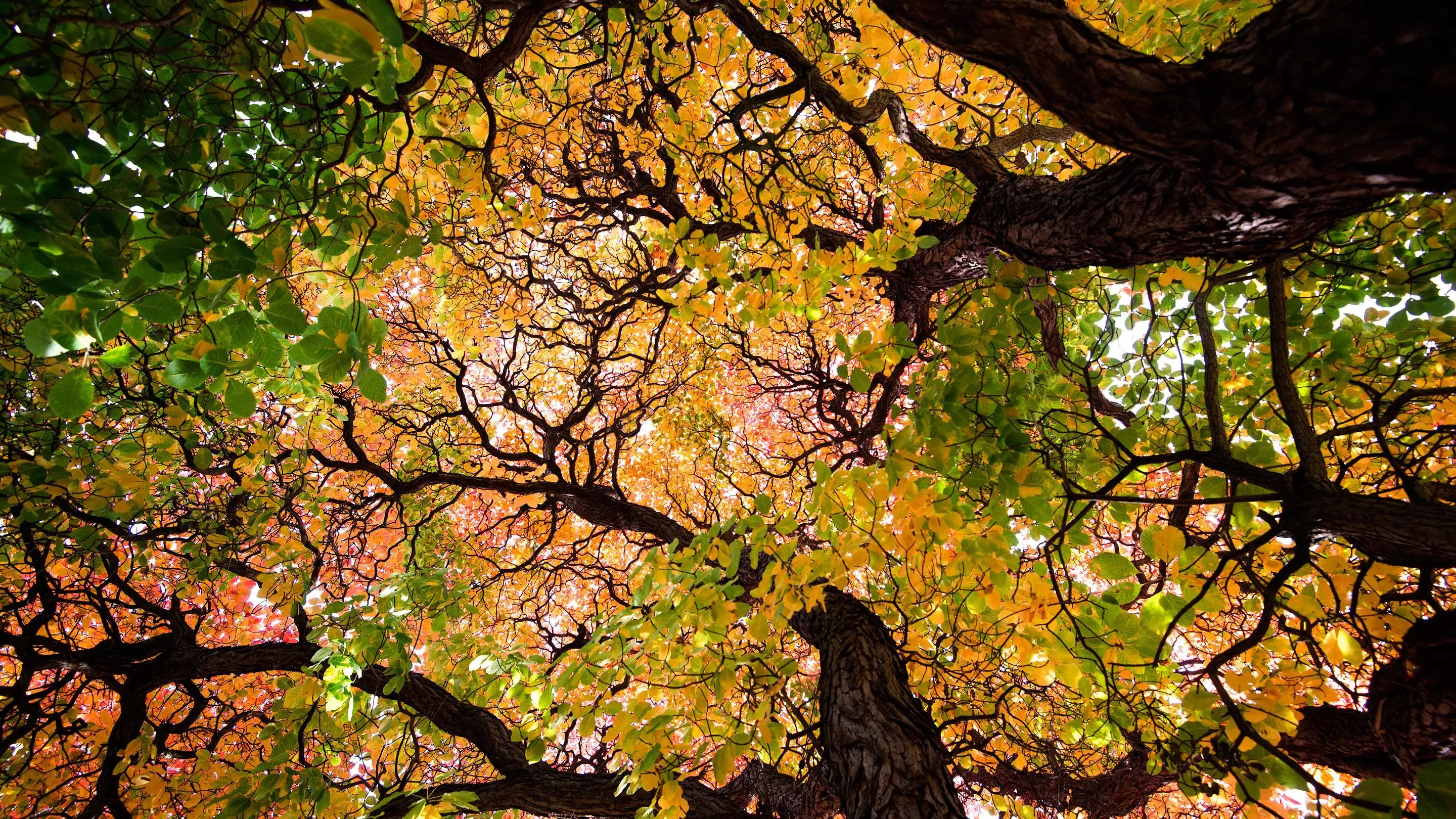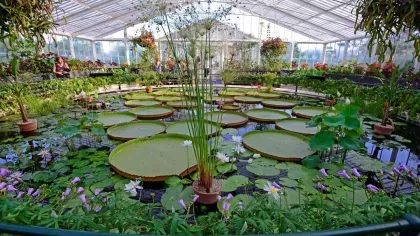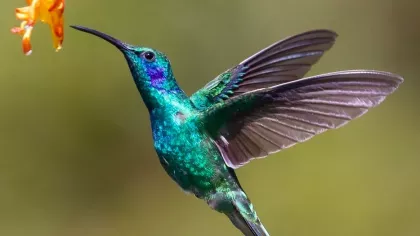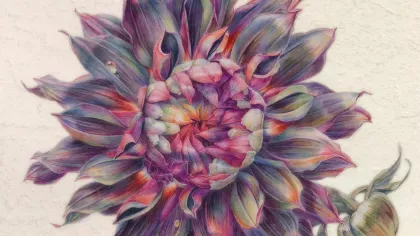24 November 2021
Biomimicry: Inspiration from nature
When it comes to solving many of today’s problems, you need to learn from the best ― the natural world.

Across the natural world, evolution has resulted in an incredible range of adaptations that are perfectly suited for a specific task.
With millions of years of trial and error resulting in ingenious solutions, it makes sense for us to try and copy the natural world through biomimicry.
Biomimicry sees scientists, engineers and designers looking to the natural world for inspiration to help us solve engineering challenges.
Plants and fungi are no exception.
Here we take a look at some of the ways the botanical world has inspired human designs.
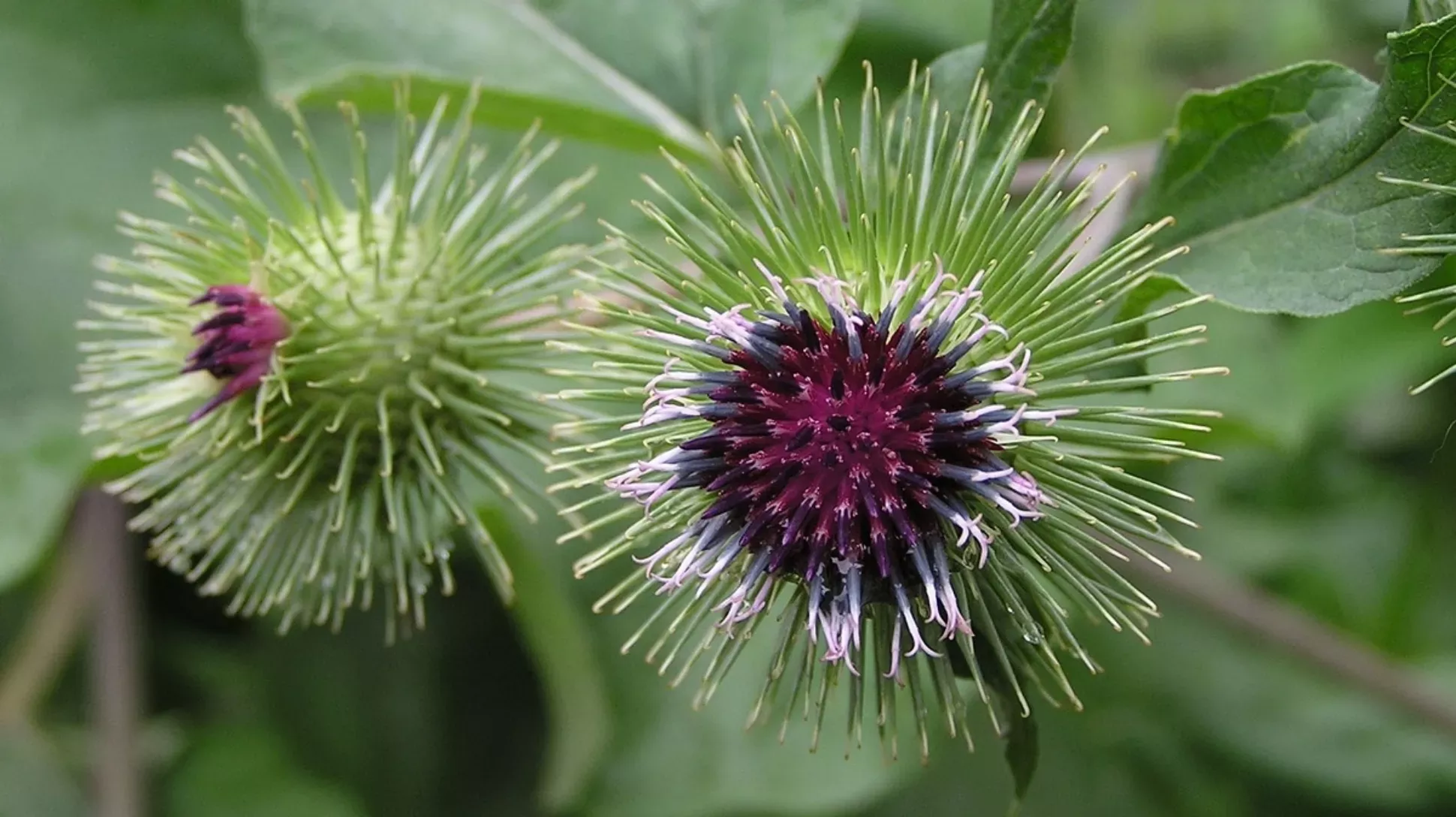
In the hook and loop
Probably the best-known example of biomimicry, Velcro was created in the 1940s by George de Mestral, a Swiss electrical engineer.
He was inspired after a hunting trip in 1941 when burrs (hooked seed pods) from burdock plants (Arctium) repeatedly became stuck to his clothes, as well as the fur of his dog.
Examining them under a microscope, he discovered that the burrs were covered in tiny hooks.
These hooks are adapted to get caught on anything with a loop, like the fur of animals.
The animals then carry the burrs away from the burdock plant, helping to spread the seeds as far as possible.
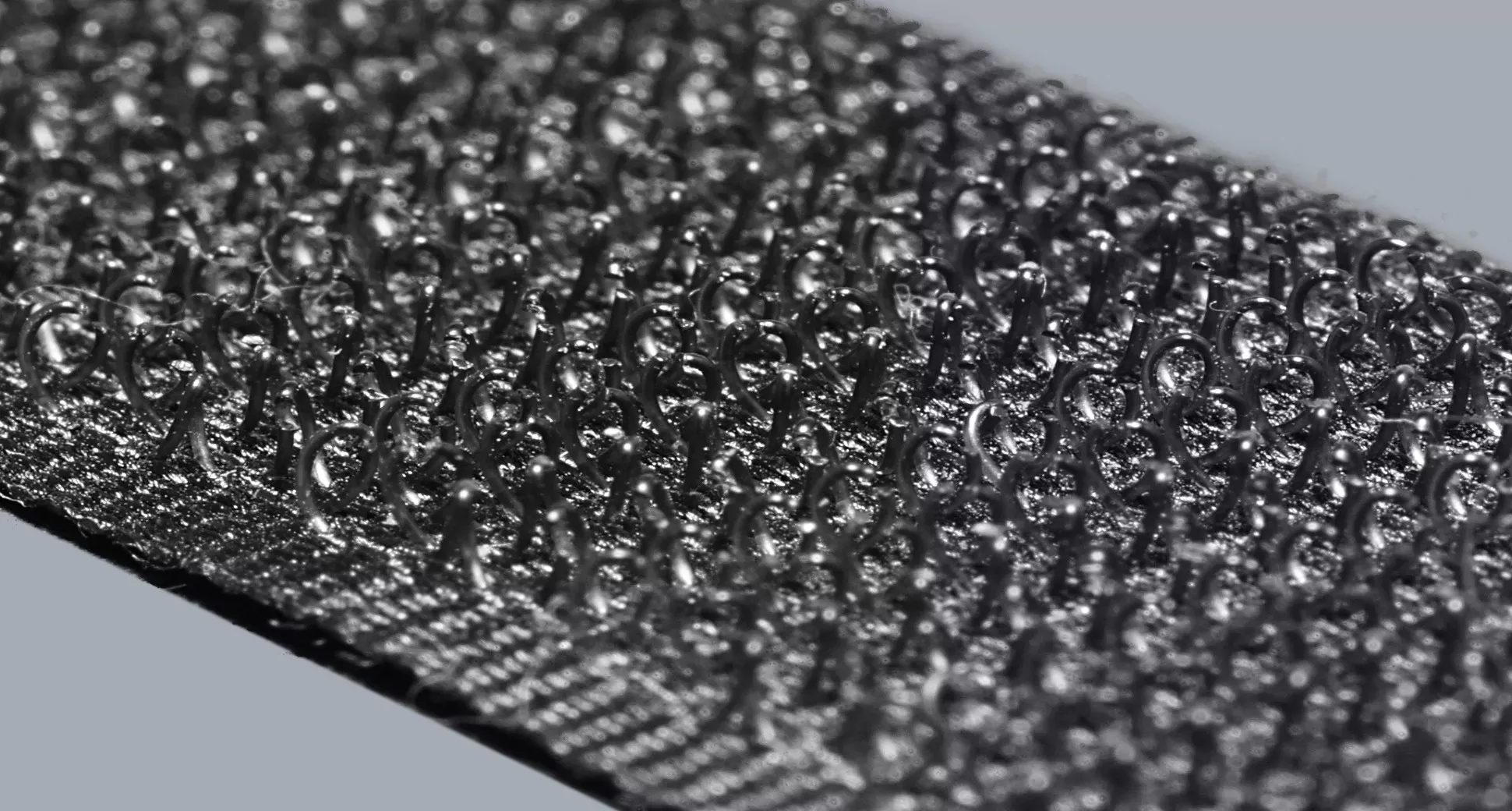
George de Mestral wondered if it might be possible to recreate the hook and loop structure that allowed burrs to repeatedly attach to clothes and fur.
After trying several approaches, he was able to use nylon to create a matching pair of hook and loop structures that would stick together but also easily separate.
Combining the French words for velvet and hook (velours and crochet), he named the material Velcro.
It went on to become an essential fastener on clothes, shoes, and even on the space suits of astronauts!
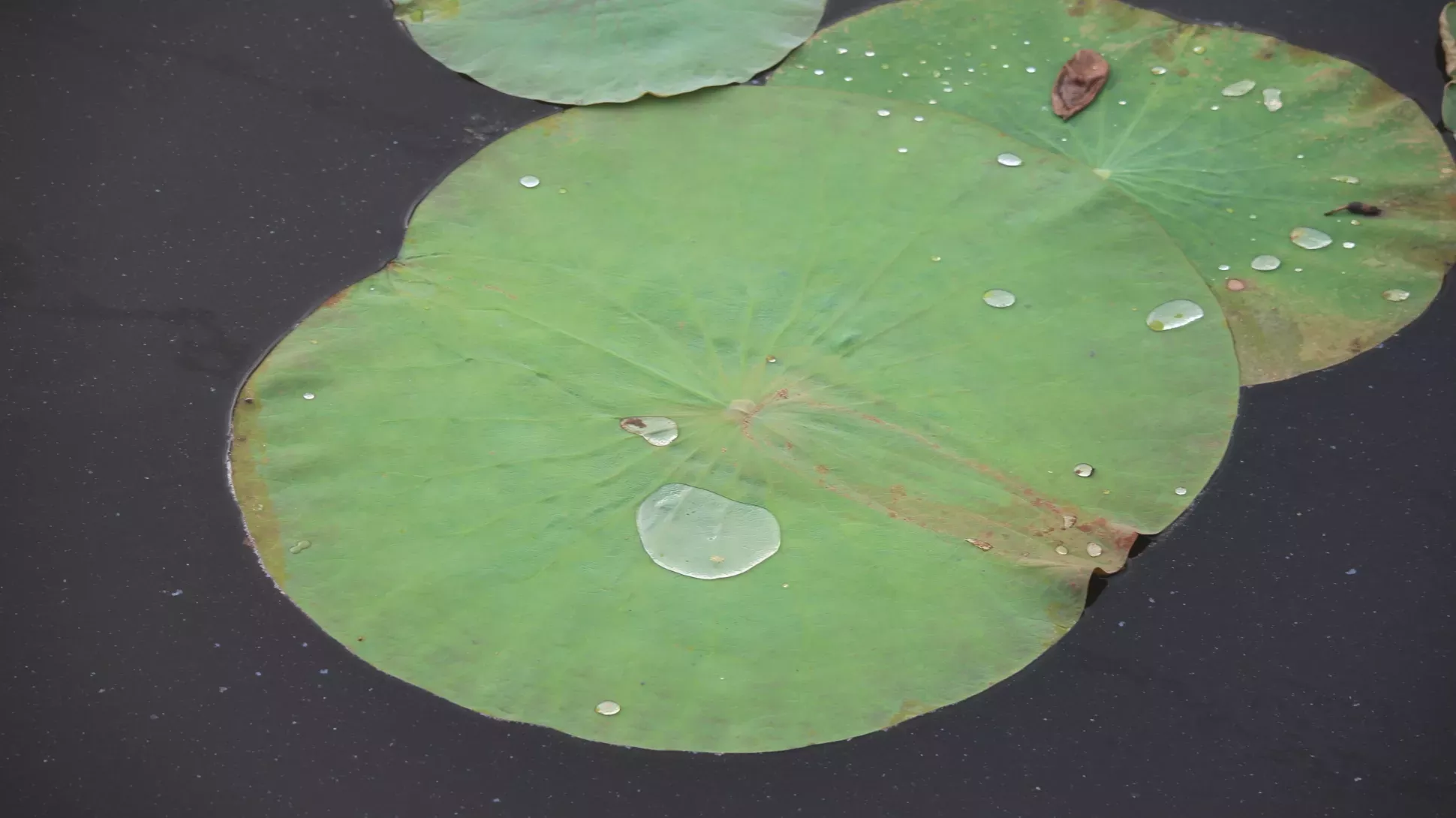
Keeping clean with the lotus effect
Lotuses are famous for their beautiful flowers and are eaten in many parts of the world.
Their leaves are also a major source of bioinspiration.
Lotus leaves have an ultrahydrophobic surface, meaning they are incredibly water-repellent.
When water lands on them, they do not become wet. Instead, the water forms droplets which then roll off the surface of the leaf.
Lotus leaves are covered in tiny bumps, called papillae, which themselves are covered with tough, waxy tubes.
These bumps reduce the contact area between water droplets and the leaf, which prevents them from sticking together.
This not only keeps the leaf dry, but also removes particles of dirt — a helpful self-cleaning mechanism.
It is crucial for the lotus to be able to stay dry and clean as they use the upper surface of their leaves to absorb carbon dioxide and release oxygen.
This ultrahydrophobicity and self-cleaning mechanism is known as the lotus effect, and is seen in other plants like lady’s-mantle and Nasturtium.
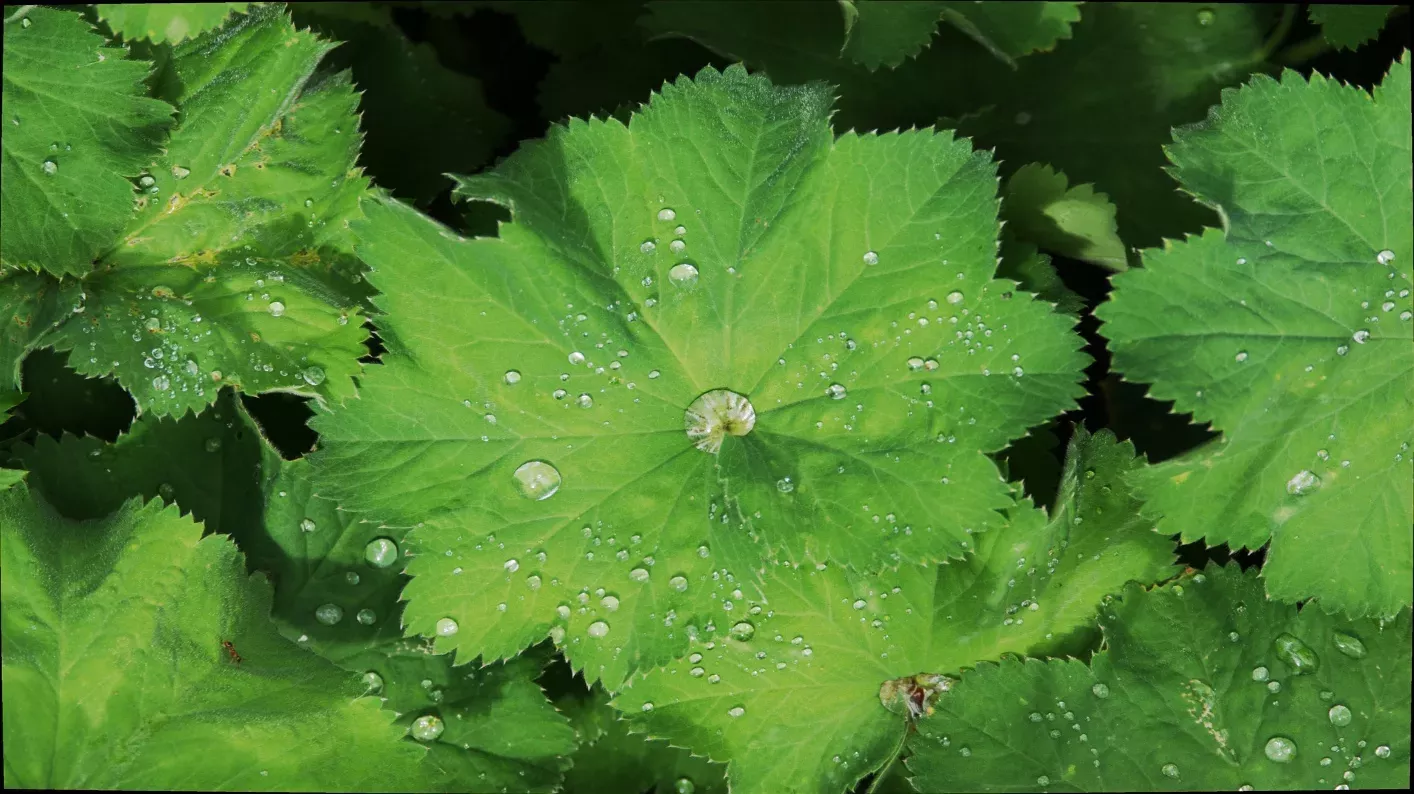
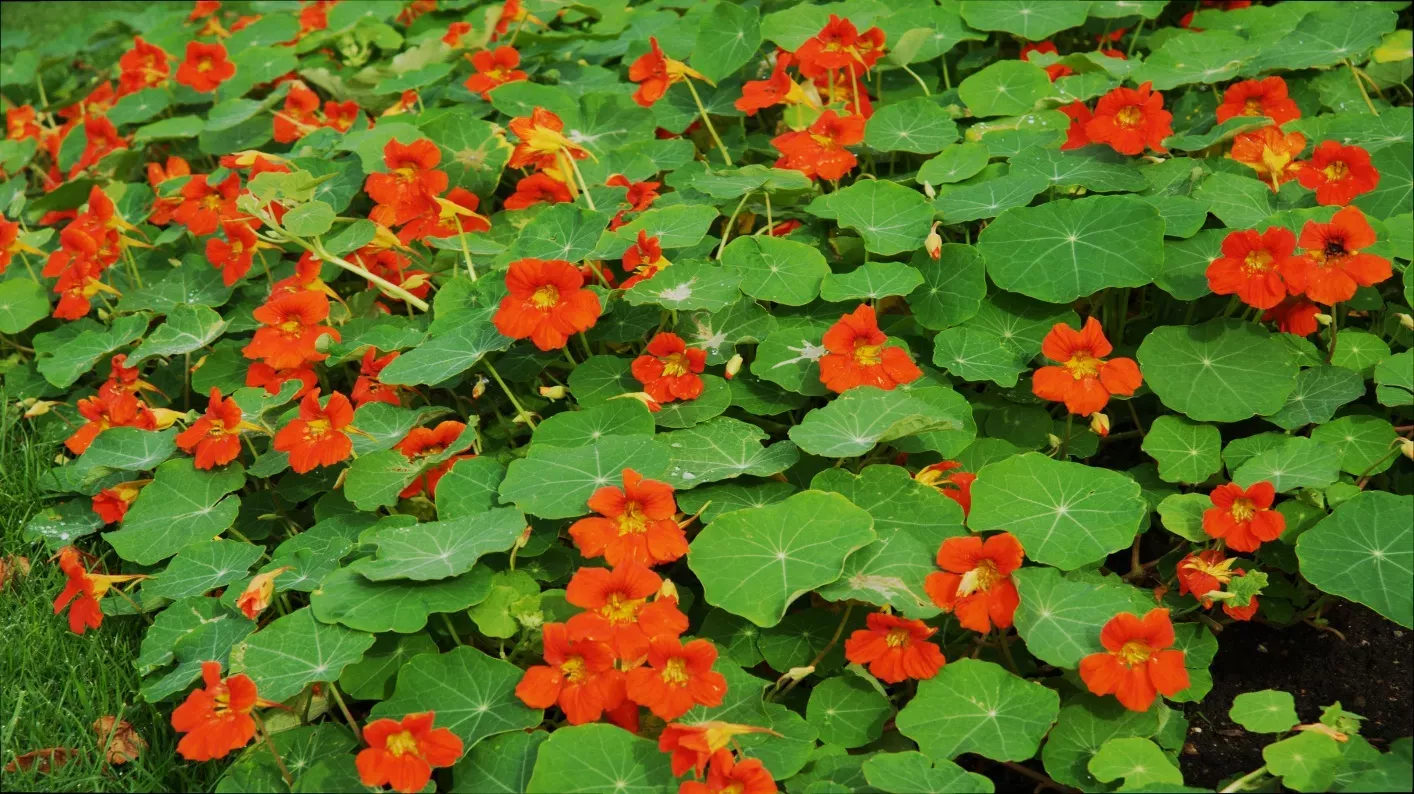
Nanotechnologists have developed a range of treatments and materials that mimic the structure of lotus leaves to create an artificial lotus effect.
Fabric treated with ultrahydrophobic technology has been used to create waterproof and stain-resistant clothing.
Engineers have developed lotus effect treatments for metal that prevents corrosion by keeping the surface dry.
The lotus effect could even help combat climate change in the form of low maintenance, self-cleaning solar panels.
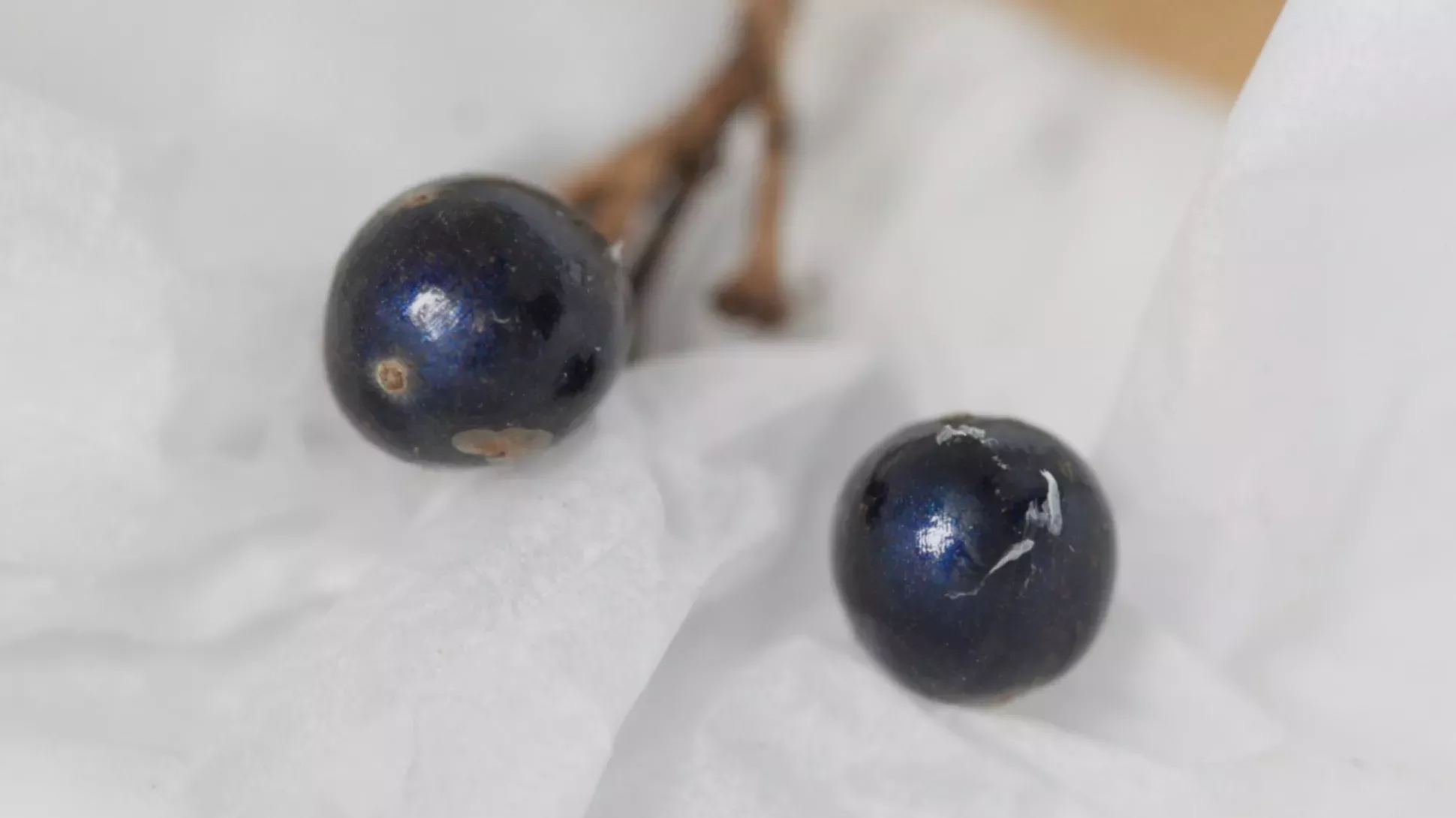
Colour from shapes
Striking colours are a common sight across the botanical world, in flowers, fruits and fungi.
Most of this colour comes from pigmentation — materials that absorb certain wavelengths of light while reflecting specific colours back.
For example, a red rose appears that colour in sunlight because it absorbs the blue and green light and reflects the red light back into our eyes.
But not all plants use pigment to appear colourful.
The berries of the African plant Pollia condensata are thought to show the brightest blue in the natural world, all thanks to a phenomenon known as structural colour.
Instead of pigment, Pollia condensata berries have structures inside their cells made from spirals of cellulose (the substance that makes up plant fibres).
These tiny spiral structures cause light to scatter into different wavelengths, which then interfere with each other to create the incredible deep blue colouring of the berries.
The flowers of buttercups also get their brilliant yellows from a similar trick, reflecting light off a layer of starch cells in their petals.
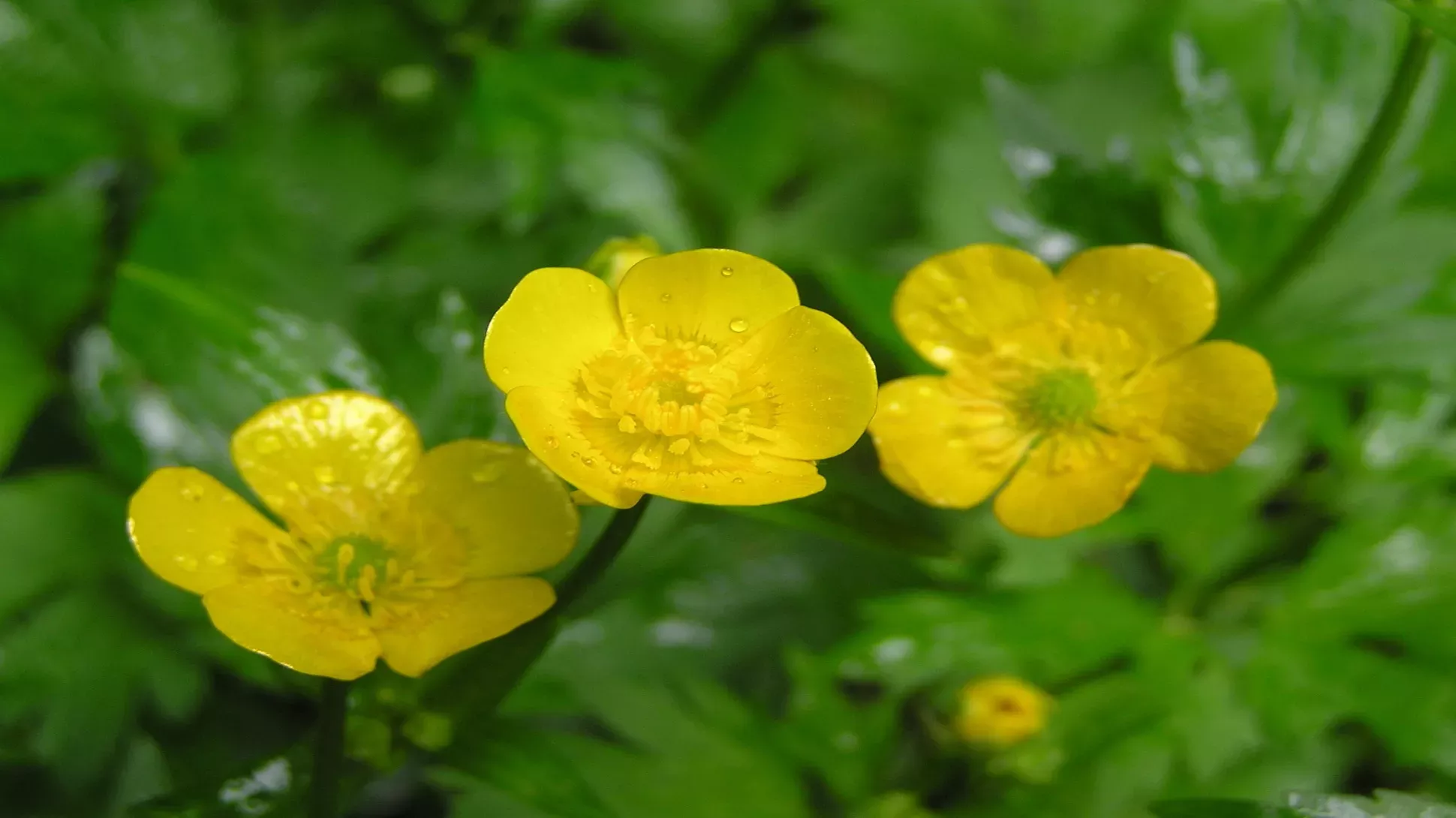
Structural colour from across the natural world has already inspired engineers and designers to mimic its function. It also holds great promise for the future.
Paints have been developed that use structural colour, resulting in vibrant colour that does not fade over time.
Based on structural colour, engineers have developed coatings using structures that reflect infrared light. These coatings can be used to create heat-reflecting windows and roofs on buildings.
With the huge array of incredible adaptations in the natural world, it’s no wonder that engineers and designers have found success by copying the botanical world.
We will have to wait and see what problem is next solved with inspiration from plants and fungi.
